10 Best Herbal Lotions For Menstrual Cramps

Herbal lotions for menstrual cramps are natural topical treatments that incorporate soothing herbs such as chamomile, lavender, and ginger to help alleviate pain and discomfort.
These lotions are often applied directly to the lower abdomen or back to provide localized relief by reducing inflammation and muscle tension. Many herbal formulations are free from harsh chemicals, making them a safe alternative for those seeking natural remedies. They can be used in conjunction with other methods like heat therapy or dietary adjustments for enhanced effectiveness.
While they may not replace medical treatment, herbal lotions can offer a gentle, aromatic way to manage menstrual cramps.
FREE Herb Drying Checklist
How to make sure every batch retains maximum flavor, color, and aroma without the risk of mold or over-drying. Eliminate guesswork and trial-and-error, making herb drying faster, easier, and more efficient every time.
Table of Contents
1. Vitex agnus-castus
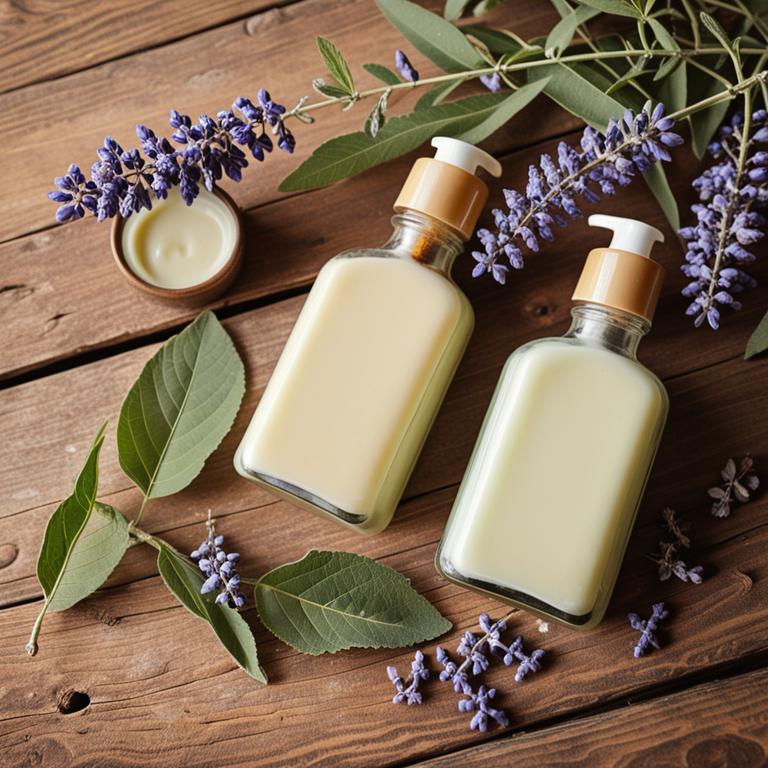
Vitex agnus-castus, commonly known as chasteberry, has been traditionally used to support hormonal balance and alleviate symptoms associated with menstrual cramps.
Herbal lotions containing vitex agnus-castus are formulated to provide a topical application of its essential oils and extracts, which may help reduce inflammation and muscle spasms. These lotions are often recommended for women experiencing menstrual pain due to their soothing and anti-inflammatory properties. The use of vitex in herbal lotions is believed to enhance circulation and ease discomfort without the side effects of conventional pain relievers.
As a natural remedy, vitex agnus-castus herbal lotions offer a gentle, alternative approach to managing menstrual cramps.
2. Zingiber officinale
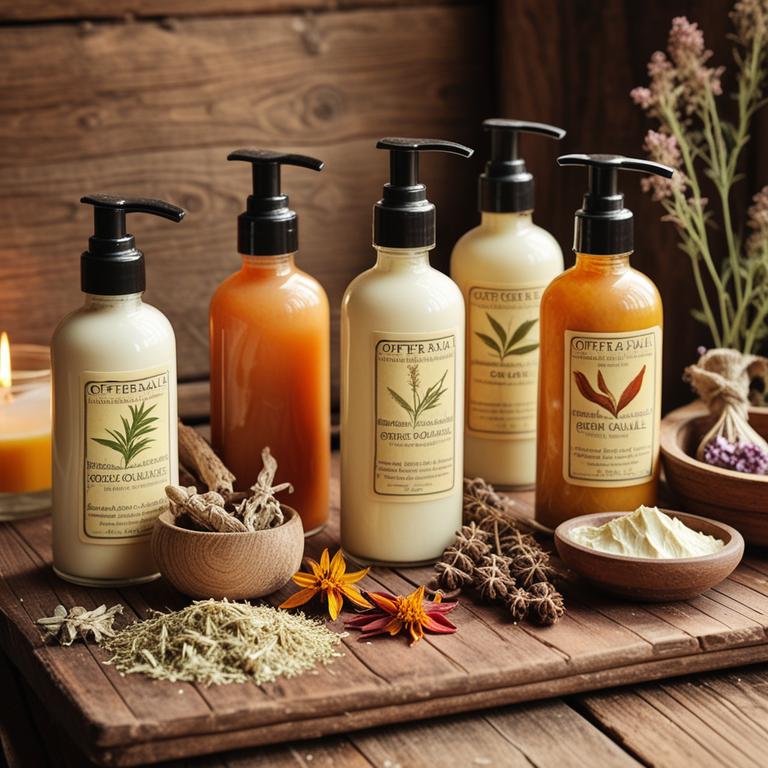
Zingiber officinale, commonly known as ginger, has been widely recognized for its potential to alleviate menstrual cramps due to its anti-inflammatory and analgesic properties.
Herbal lotions infused with zingiber officinale can provide a topical application of ginger’s active compounds, such as gingerol and shogaol, which may help reduce uterine contractions and pain. These lotions are often used as a natural alternative to over-the-counter pain relievers, offering a gentler and potentially safer option for those seeking holistic treatments. When applied to the lower abdomen or back, the warming sensation of ginger lotion can promote blood circulation and ease discomfort.
However, it is important to consult with a healthcare provider before using ginger-based products, especially for individuals with sensitive skin or underlying health conditions.
3. Curcuma longa
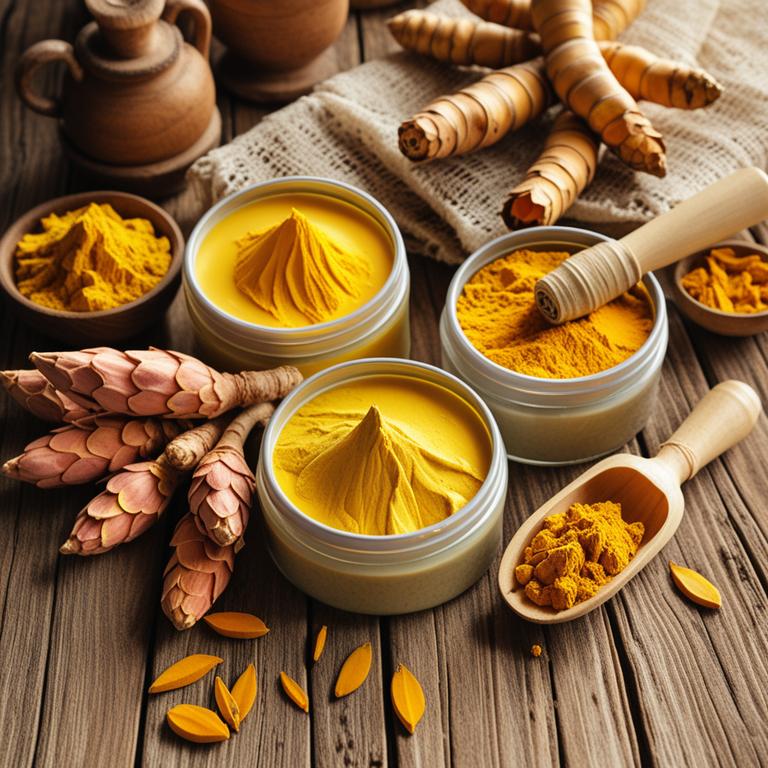
Curcuma longa, commonly known as turmeric, has been traditionally used for its anti-inflammatory and pain-relieving properties, making it a popular ingredient in herbal lotions designed to alleviate menstrual cramps.
These lotions typically contain curcumin, the active compound in turmeric, which helps reduce uterine inflammation and muscle spasms associated with menstruation. When applied topically, the soothing properties of curcuma longa can provide localized relief, offering a natural alternative to over-the-counter pain medications. Many users report reduced discomfort and a calming effect when using these herbal lotions regularly during their menstrual cycle.
However, it is advisable to consult a healthcare provider before use, especially for individuals with sensitive skin or existing medical conditions.
4. Cimicifuga racemosa
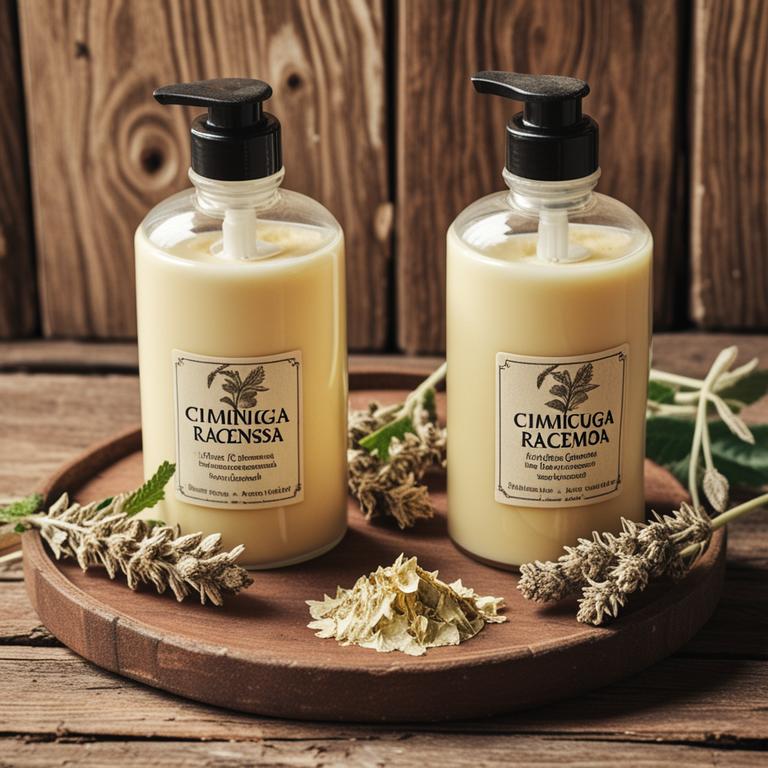
Cimicifuga racemosa, commonly known as black cohosh, is a herbal remedy that has been traditionally used to alleviate symptoms of menstrual cramps.
Herbal lotions containing cimicifuga racemosa are formulated to provide topical relief by reducing inflammation and muscle spasms in the lower abdomen. These lotions are often preferred by individuals seeking natural alternatives to conventional pain medications. The active compounds in cimicifuga racemosa may help regulate hormonal imbalances that contribute to menstrual discomfort.
However, it is important to consult with a healthcare provider before using these products, especially during pregnancy or if taking other medications.
5. Matricaria chamomilla
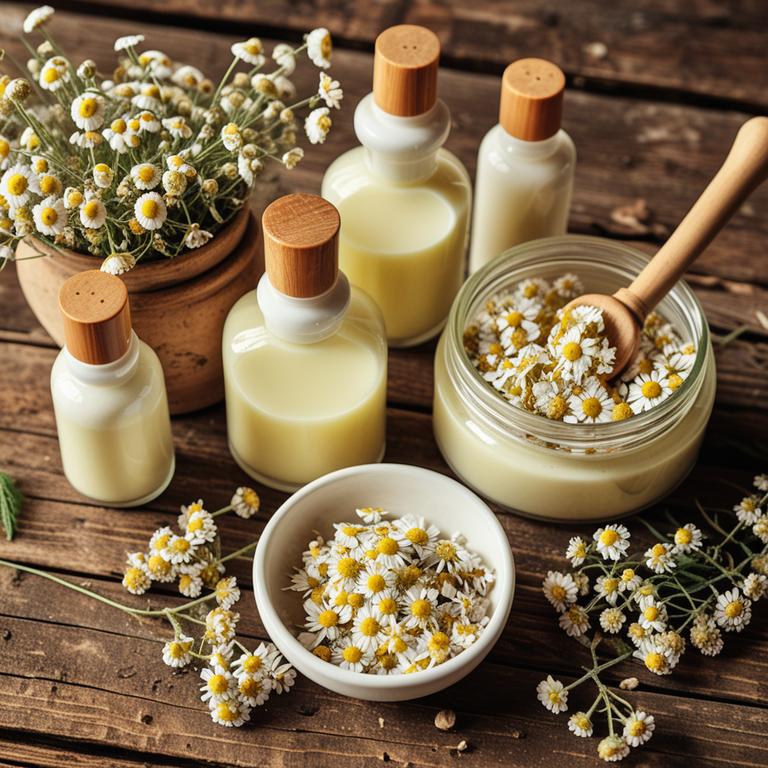
Matricaria chamomilla, commonly known as German chamomile, is a popular herbal ingredient used in topical lotions to alleviate menstrual cramps due to its anti-inflammatory and analgesic properties.
These lotions typically contain a soothing blend of chamomile essential oils and other natural ingredients that help reduce uterine spasms and ease discomfort. When applied to the lower abdomen, the cooling effect of chamomile can provide immediate relief from cramping pain and promote relaxation. Many women find these herbal lotions to be a gentle, non-invasive alternative to conventional pain relief methods.
However, it is important to consult a healthcare provider before use, especially if you have allergies or are pregnant.
6. Urtica dioica
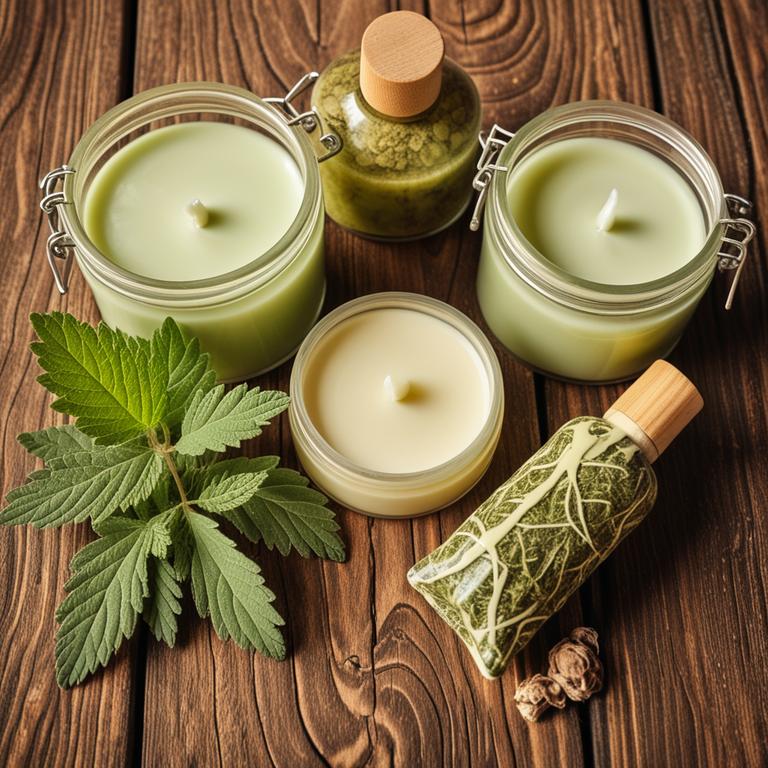
Urtica dioica, commonly known as stinging nettle, is a plant that has been traditionally used in herbal medicine for its various health benefits.
Urtica dioica herbal lotions are formulated to provide natural relief from menstrual cramps by leveraging the plant's anti-inflammatory and analgesic properties. These lotions are typically applied topically to the lower abdomen or back, where they can help soothe muscle tension and reduce pain associated with menstruation. The active compounds in stinging nettle, such as flavonoids and minerals, are believed to support circulation and ease discomfort.
While generally considered safe, it is advisable to consult a healthcare provider before using these lotions, especially for those with sensitive skin or existing medical conditions.
7. Paeonia suffruticosa
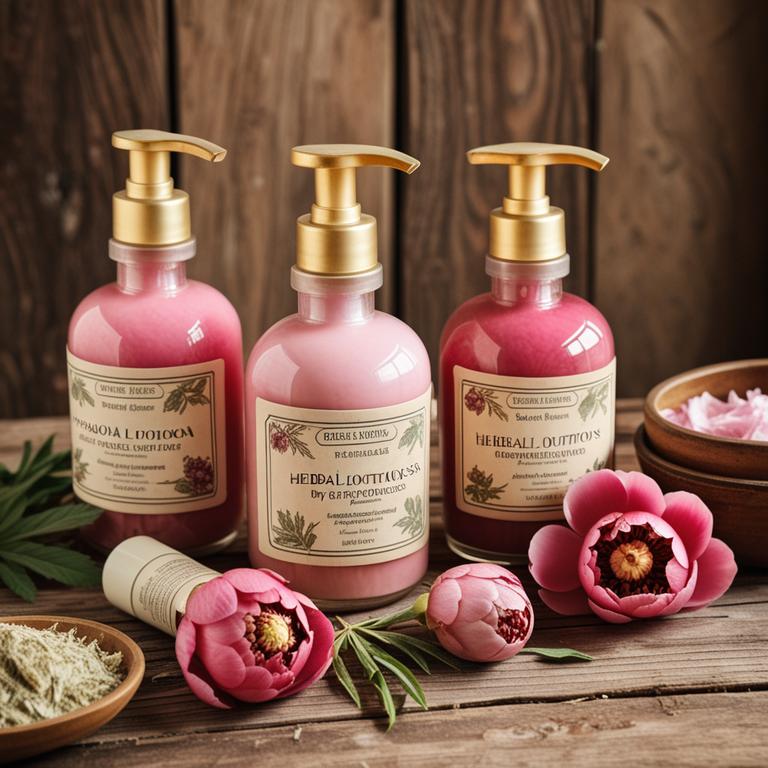
Paeonia suffruticosa, commonly known as tree peony, has been traditionally used in herbal medicine for its soothing properties.
Herbal lotions made from Paeonia suffruticosa are believed to help alleviate menstrual cramps due to their anti-inflammatory and analgesic effects. These lotions are often applied topically to the lower abdomen to provide localized relief from pain and discomfort. The active compounds in Paeonia suffruticosa, such as paeoniflorin, may help reduce uterine spasms and inflammation.
While more research is needed, many women find these natural remedies to be a gentle and effective alternative or complement to conventional treatments for menstrual pain.
8. Foeniculum vulgare
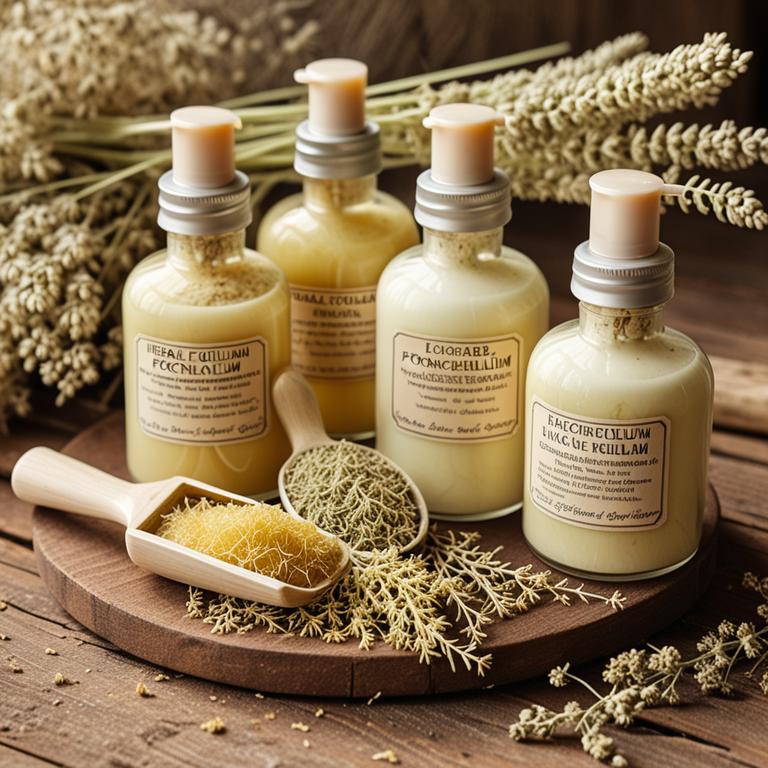
Foeniculum vulgare, commonly known as fennel, is often used in herbal lotions to alleviate menstrual cramps due to its antispasmodic and analgesic properties.
These lotions typically contain essential oils derived from fennel seeds, which are known to help relax uterine muscles and reduce pain. When applied topically, the warming sensation of fennel oil can provide localized relief and improve blood circulation in the lower abdomen. Many women find these natural remedies to be a gentle alternative to conventional pain medications, especially when used in conjunction with other menstrual care practices.
However, it is important to consult with a healthcare provider before using fennel-based products, especially during pregnancy or if there are known allergies or sensitivities.
9. Rosa canina
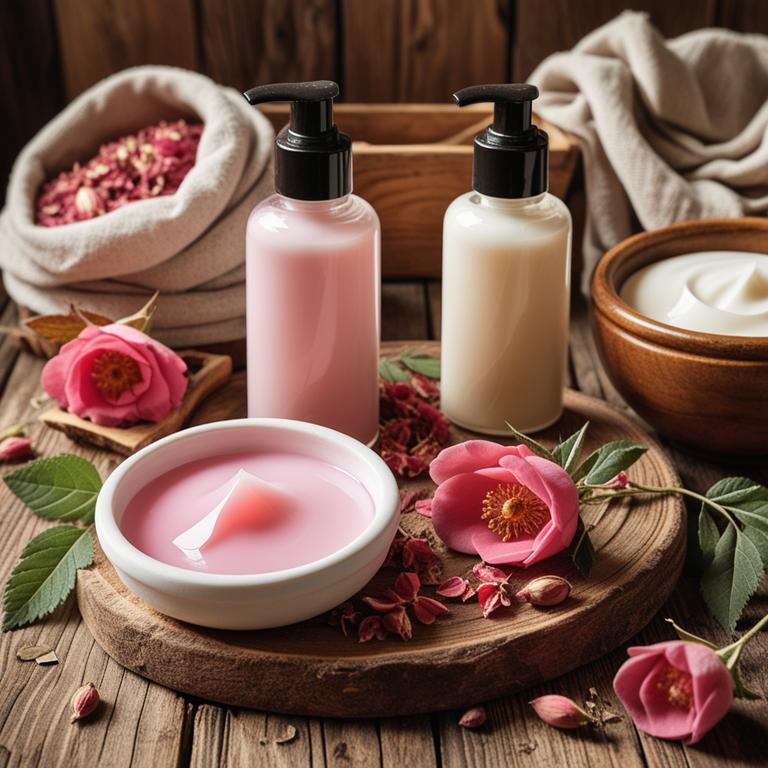
Rosa canina, also known as dog rose, is a traditional herbal remedy that has been used for centuries to support women's health, particularly during menstruation.
Rosa canina herbal lotions are formulated with extracts from the fruit and flowers of the rose plant, which are believed to have anti-inflammatory and analgesic properties. These lotions are often applied topically to the lower abdomen to help relieve the discomfort of menstrual cramps by reducing muscle tension and promoting circulation. The natural ingredients in rosa canina are generally considered safe for most people, though it is advisable to consult a healthcare provider before use, especially if you have allergies or are pregnant.
Many users report a soothing effect, making rosa canina lotions a popular choice for natural menstrual care.
10. Salvia officinalis
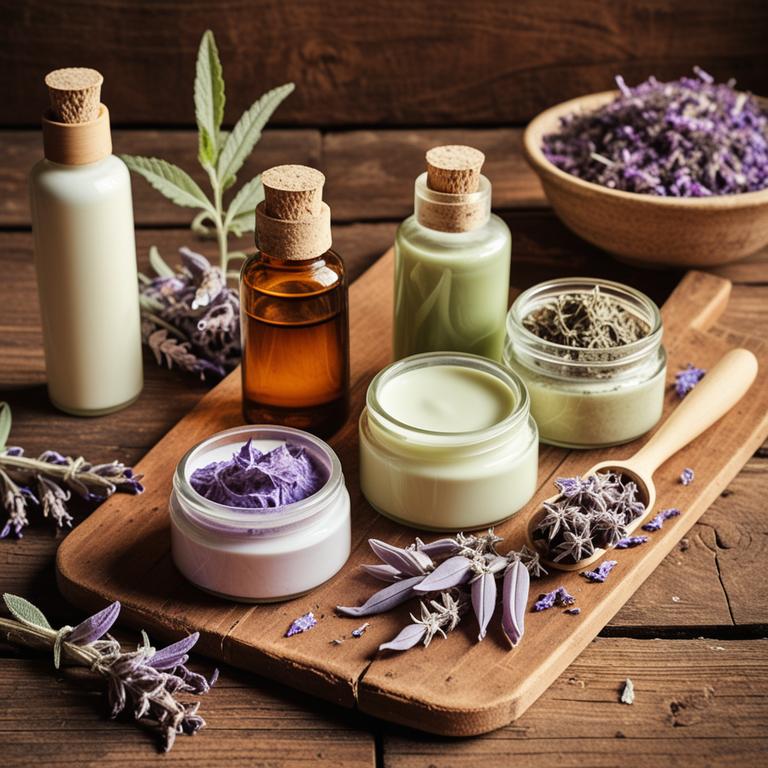
Salvia officinalis, commonly known as sage, has been traditionally used for its medicinal properties, and its extracts are now incorporated into herbal lotions aimed at alleviating menstrual cramps.
These lotions typically contain essential oils and dried leaves of sage, which are believed to possess anti-inflammatory and antispasmodic qualities. When applied topically to the lower abdomen, the soothing properties of the lotion may help reduce the intensity of cramping and promote relaxation of the uterine muscles. Many users report a sense of warmth and comfort, which can provide relief during painful menstrual periods.
While herbal lotions are generally considered safe, it is advisable to consult with a healthcare provider before use, especially for those with sensitive skin or underlying health conditions.